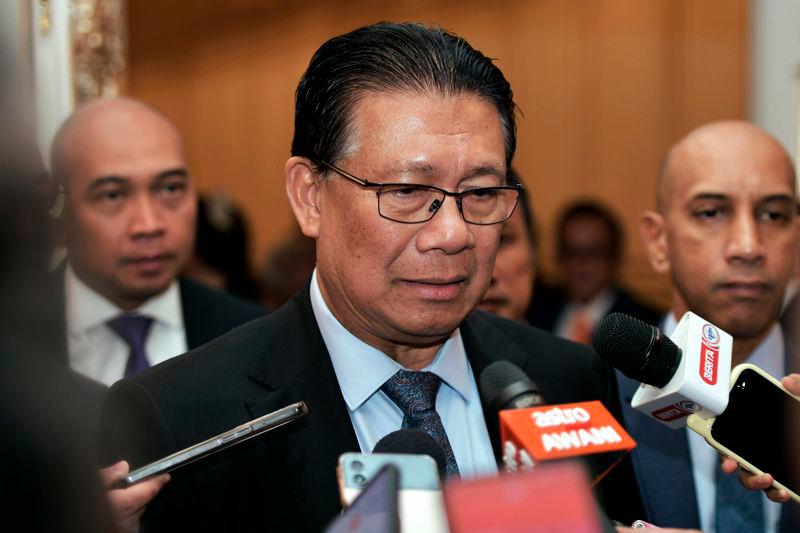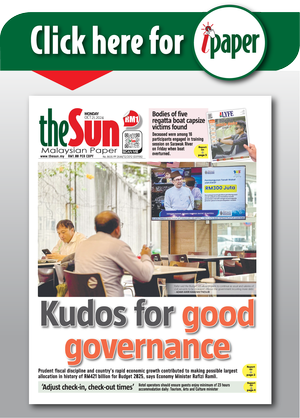MUKAH: Daro is set to achieve full electrification by the second quarter of 2026 with the implementation of Phase 3 of the Rural Electrification Scheme (RES) grid in Passin.
Sarawak Minister of Utility and Telecommunication (MUT) Datuk Seri Julaihi Narawi said the project will provide electricity supply to 186 households in eight villages.
“This milestone is a testament to the strong collaboration between MUT, Sarawak Energy, contractors, and the local community. Together, we have overcome significant challenges, including rough terrain and swamps, to lay the foundation for future development,” he said.
He said when launching the RES Last Mile Phase 3 grid extension project at Rumah Geruka, Batang Lassa 2, last Friday.
In a news release by Sarawak Energy Berhad today, Julaihi was quoted as saying that Phase 3 of the RES in Batang Lassa 2 will extend electricity supply to 54 households across three villages, including 27 households at Rumah Geruka.
Since its completion in March 2024, the RES Last Mile Phase 2 project in Batang Lassa has provided reliable and affordable electricity to 464 households across 16 villages.
“We have made great progress since 2009, increasing overall electricity coverage from 79 per cent (56 per cent in rural areas) to nearly full coverage, reaching 99 per cent in rural areas by the end of 2024,” he said.
Julaihi emphasised that the initiative aligns with the Sarawak government’s commitment to bridging the urban-rural divide and fostering socioeconomic growth through improved electricity access.
Since 2019, Sarawak has allocated RM2.4 billion under the ‘Projek Rakyat’ programme to implement rural electrification initiatives across the state and to date, Sarawak Energy has utilised 80 per cent of the funds, with the remainder progressing through various implementation stages.
The expansion of the electricity grid is a crucial step in establishing the necessary infrastructure to support education, healthcare, and socioeconomic development, in addition to improving the quality of life for rural communities and creating enhanced opportunities for entrepreneurship and economic growth.
The transition from diesel generators to a continuous electricity supply contributes to Sarawak’s long-term goal of achieving net zero emissions by 2050.









